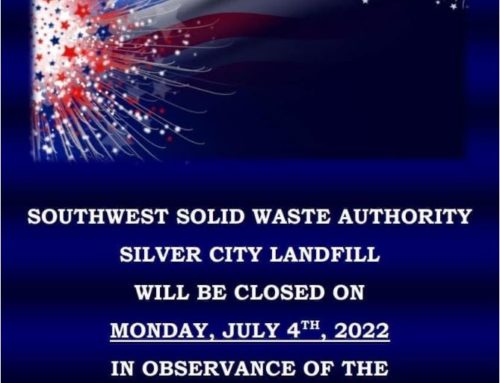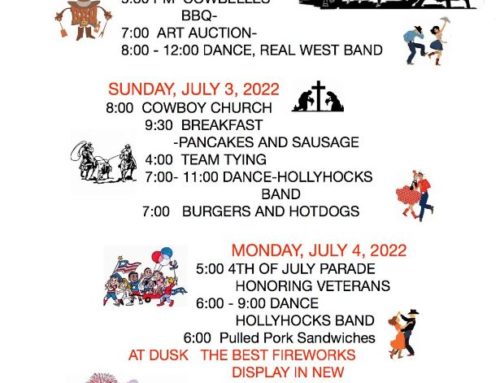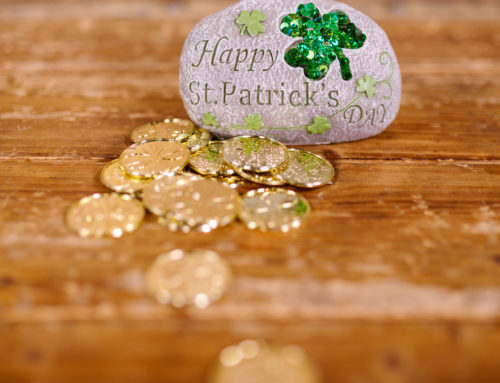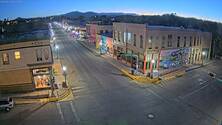The Fourth of July, or Independence Day, has been celebrated as a federal holiday in the United States since 1941, but celebrations date back to the American Revolution (1775 to 1783). In June of 1776, representatives from the 13 original colonies weighed a resolution that would declare their independence from Great Britain. On July 2nd, the Continental Congress voted in favor of independence, and on July 4th, the Declaration of Independence was drafted by Thomas Jefferson and signed by the colonial representatives.
In the pre-Revolutionary years, colonists held annual celebrations of the king’s birthday with the ringing of bells, bonfires, processions, and speeches. During 1776, mock funerals were held for the king as a way of symbolizing the end of monarchy in America and the triumph of liberty. Festivities then included concerts, bonfires and parades and the firing of cannons and muskets. Philadelphia held the first annual commemoration of independence on July 4, 1777, while Congress was still occupied with the ongoing war. George Washington issued double rations of rum to all his soldiers to mark the anniversary of independence in 1778, and in 1781, several months before the key American victory at Yorktown, Massachusetts became the first state to make July 4th an official state holiday.
The Fourth of July has since the late 19th century become a major focus of leisure activities and a common occasion for family get-togethers, often involving fireworks and outdoor barbecues. The most common symbol of the holiday is the American flag, and a common musical accompaniment is “The Star-Spangled Banner,” the national anthem of the United States.
Did you know? Thomas Jefferson and John Adams both died on July 4th, 1826 – the 50th anniversary of the adoption of the Declaration of Independence.





